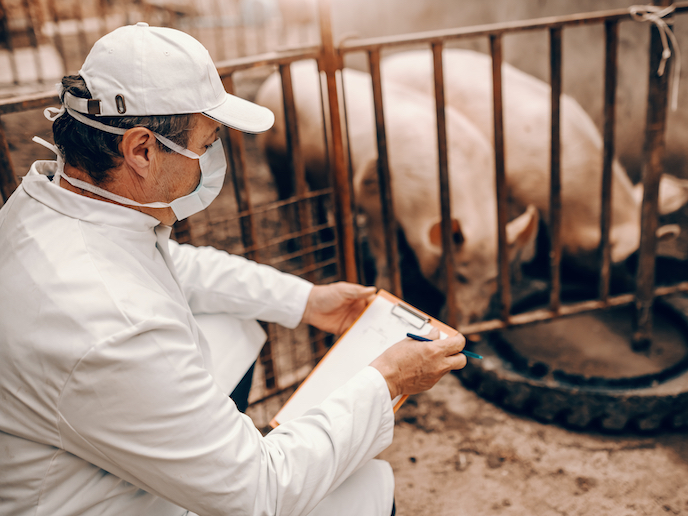From farm-to-fork analysis of antimicrobial resistance
The EU-supported EFFORT project aimed to provide scientific evidence and high-quality data to inform decision-makers, the scientific community and other stakeholders of the consequences of antimicrobial resistance in the food chain. As Dr Jaap Wagenaar, the project coordinator explains: “By understanding the eco-epidemiology of antimicrobial resistance from animal origin, we set out to predict and limit future development and exposure to humans of the most clinically important resistance.” EFFORT developed new techniques for detecting resistance genes in the faeces of animals. They did so by sequencing all DNA in faecal samples (‘metagenomics’). The result was what Dr Wagenaar describes as an unbelievable amount of information in the form of DNA sequences, all of which had to be analysed by bioinformatic tools. The team designed new approaches in order to deal with all the incoming data. “The lab methods and computer programs developed during the project evolved very quickly. So we learned by doing! It was exciting to be at the forefront of the developments in this field of research.” The amount of data collected was so huge that only 0.5 % has been analysed so far. But as the data is available to other European projects there are findings still to come. “Based on the resistance genes, we used modelling to detect the levels of resistance to which people are exposed.” The researchers also conducted studies on bacterial strains isolated from animals and the environment, to see how they behave. The team asked: Are bacteria with antimicrobial resistance genes as fit as the ones without? Why are some clones very good at spreading? Do they need the selective pressure of antimicrobials or can they spread without? “The more information you collect, the more precise the estimations are of how bacteria will spread.” But while research of bacteria in isolation provided the researchers with interesting insights, they also conducted real-life intervention studies aimed at reducing the use of antimicrobials in veterinary practice. This part of the project was performed on poultry and pig farms. By coaching farmers, the project was able to encourage the reduction of the antimicrobials used. “When you look at the farm systematically, you can come up with advice for changes in areas such as hygiene, ventilation and feed. It was also a question of rethinking old habits, challenging the ‘But I always use....’ mentality. Some farmers do not want to take any risk and are convinced that they need antimicrobials at certain time points in production. They expect their animals will become ill if they don’t. So it’s necessary to verify if that supposition is actually correct.” The research team was made up of 19 partners from 10 European countries. They came together to share their expertise in domains as wide-ranging as the epidemiology of resistance genes, veterinary microbiology, whole genome sequencing for bacteria and the economics of animal husbandry. EFFORT’s findings are of interest to policy-makers and the scientific community alike: “The fact that we have been able to collect in a systematic way so much data from nine countries reflects this. One of the first publications was in Nature Microbiology, which shows the scientific importance of our work,” says Dr Wagenaar proudly.
Keywords
EFFORT, antimicrobial resistance, eco-epidemiology, antibiotics, farming, bacterial survival



